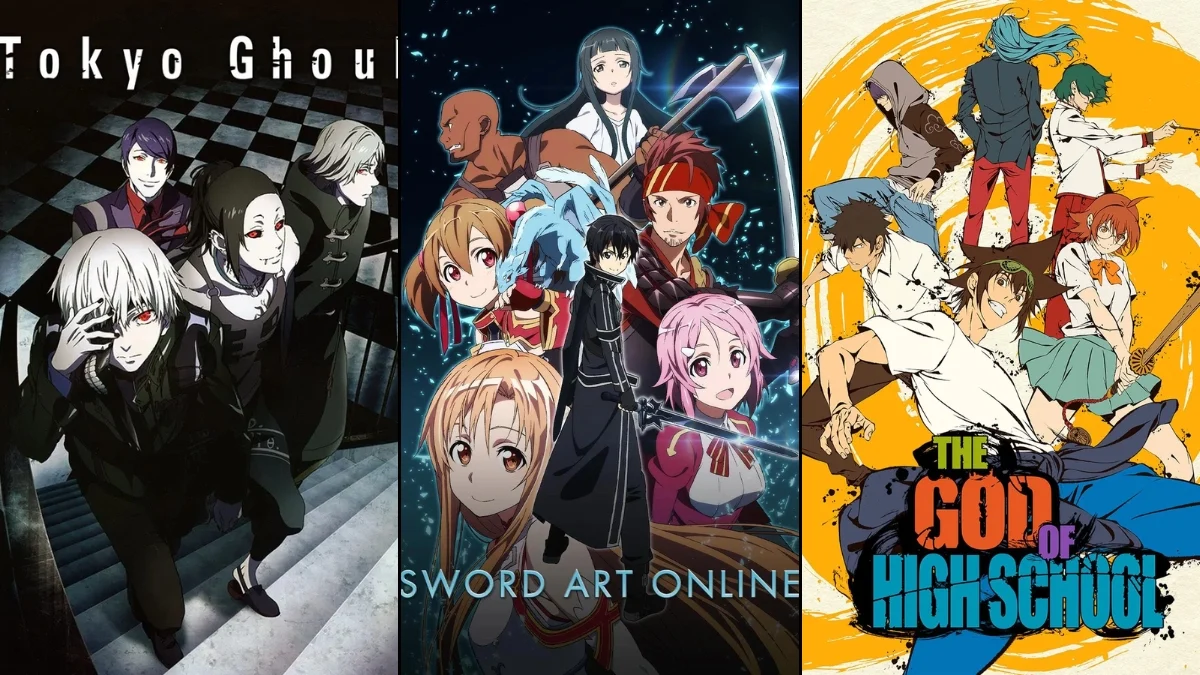
Many anime series begin with a strong, clear idea, but then take unexpected turns. They might add unnecessary episodes, introduce new enemies, or even change genres, which distracts from what initially made the show appealing. This list highlights twenty series that started with a focused storyline but later shifted to side plots, original content not from the source material, or stories with a much larger cast of characters. Each entry explains the original setup and how the show’s main focus changed over time. Think of it as a guide to understanding why these anime can feel quite different as you get further into the series.
‘Naruto’ (2002–2007)
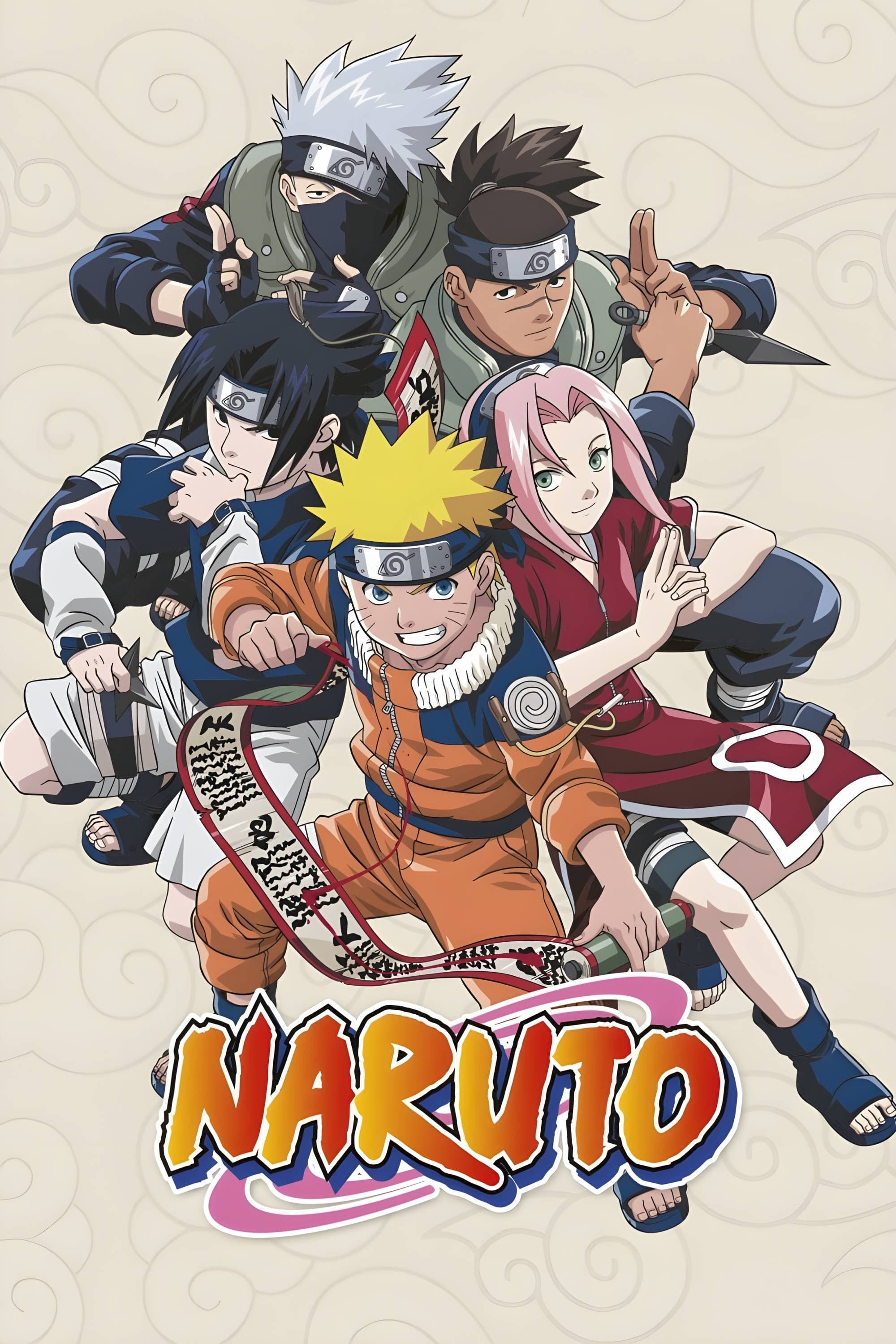
The first part of the series shows Naruto learning at the Ninja Academy, completing missions with Team 7, and hints at the danger posed by groups like the Akatsuki. Later on, the anime includes many episodes that aren’t part of the original story, temporarily stopping the search for Sasuke and the investigation of bigger mysteries. These episodes usually focus on separate, self-contained adventures with characters we only meet once. As a result, the progress of the main characters slows down while the story concentrates on smaller, less important events.
‘Naruto Shippūden’ (2007–2017)
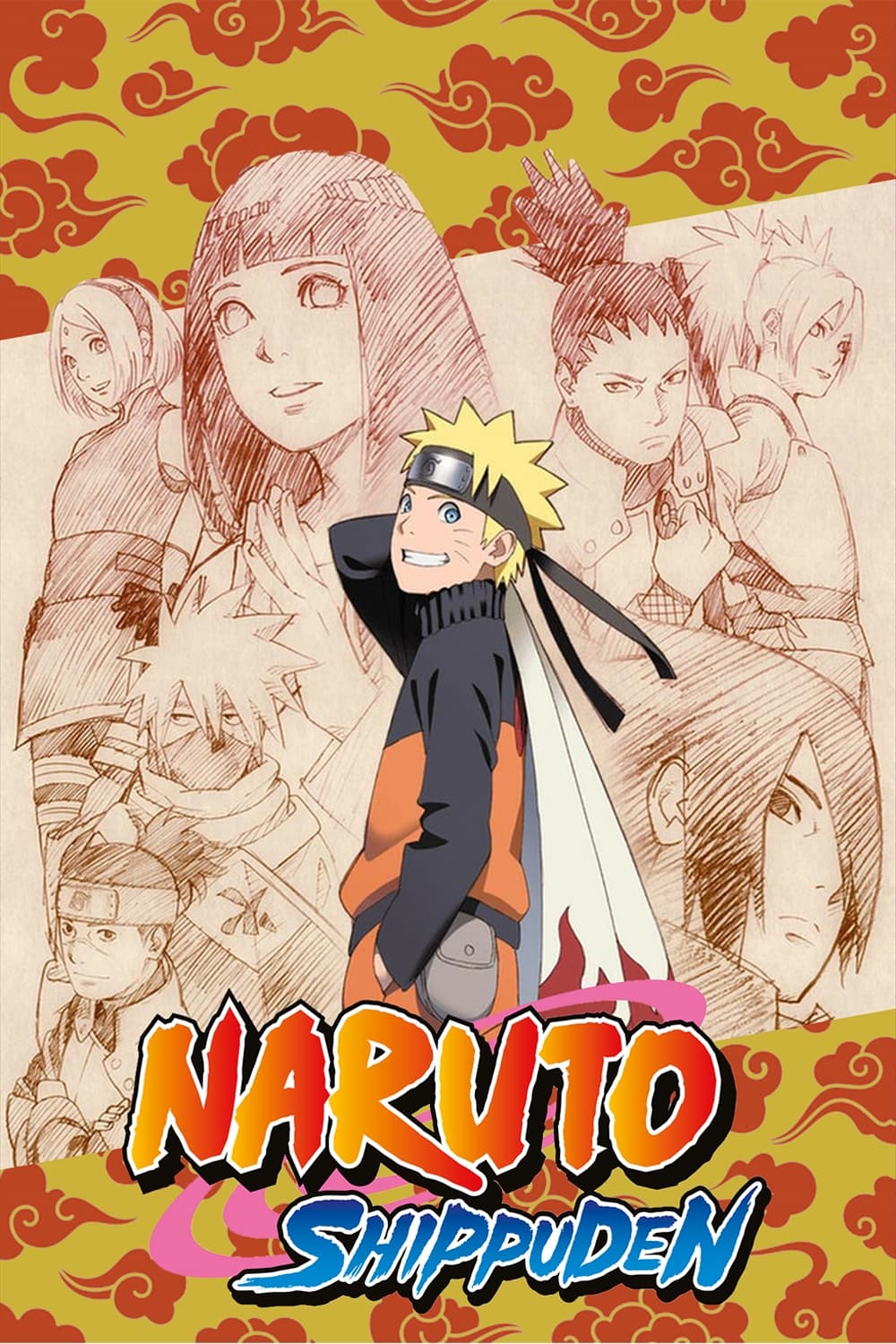
The beginning of the series focuses on the conflict with the Akatsuki and Gaara’s rescue. As the show progresses, important plot points are often broken up by lengthy storylines and flashbacks created specifically for the anime, which hold up the main story. Many episodes cover side missions that don’t directly relate to the central war, creating significant delays between the key events of the Fourth Great Ninja War.
‘Bleach’ (2004–2012)
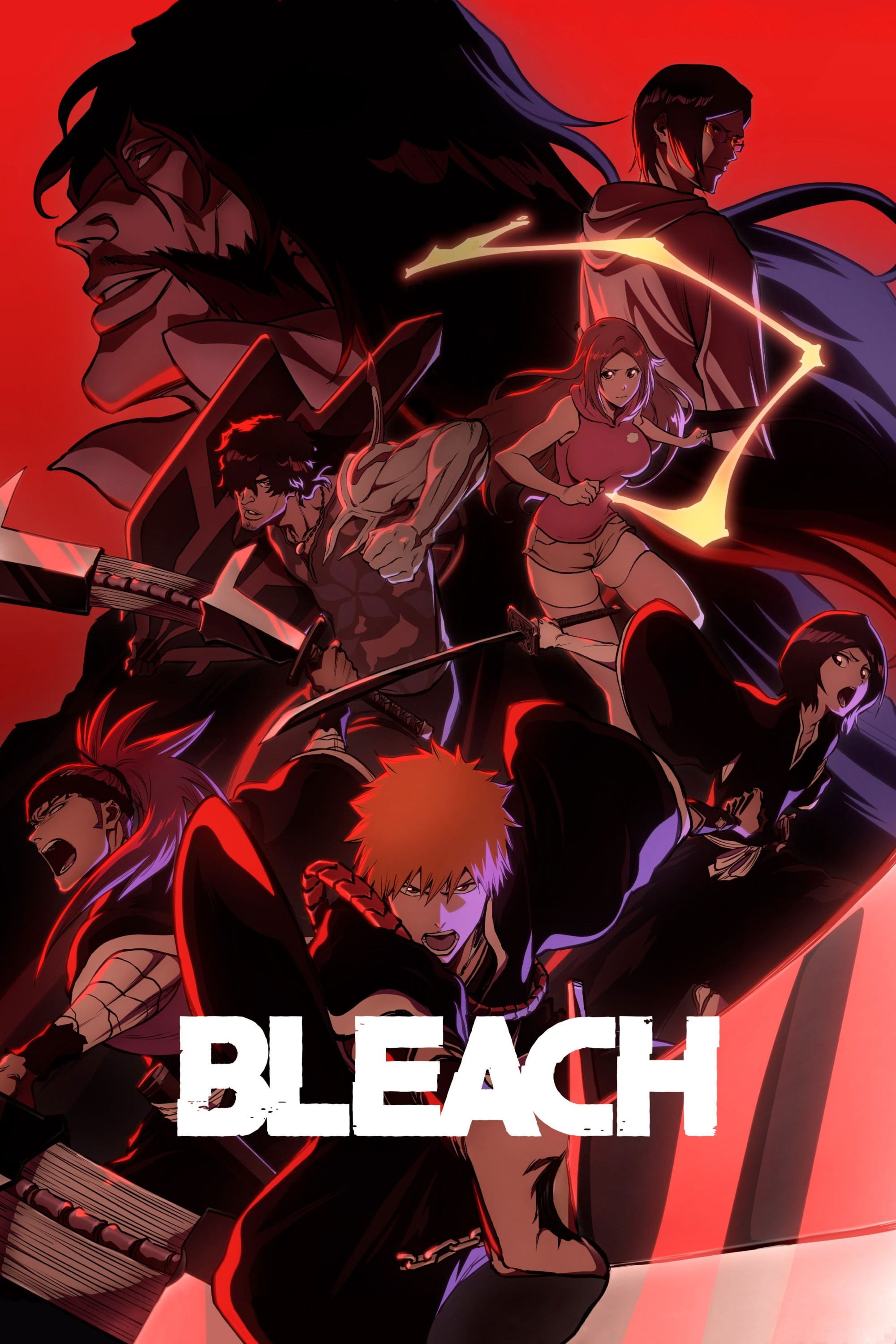
As a big fan, I remember the series starting strong with Ichigo doing his job as a substitute Soul Reaper, and then quickly diving into the intense story of rescuing people from Soul Society. But after that, things got a little weird. They started throwing in storylines that weren’t from the original manga – like the Bount arc – and just generally filled time with stuff that didn’t really matter. It was frustrating because these side stories introduced new bad guys and problems that didn’t connect to the bigger picture, and it kept pulling us away from the main villains and the truly epic plotlines.
‘Sword Art Online’ (2012)

The story takes place in a virtual reality game where players must beat each level to escape. About halfway through, the setting shifts to a new virtual world with a completely different goal and how powers work. Instead of just trying to survive, the characters now focus on rescuing someone, which changes their relationships and raises the stakes. The original challenge of completing the game is replaced by a new conflict with its own set of rules and enemies.
‘The Promised Neverland’ (2019–2021)
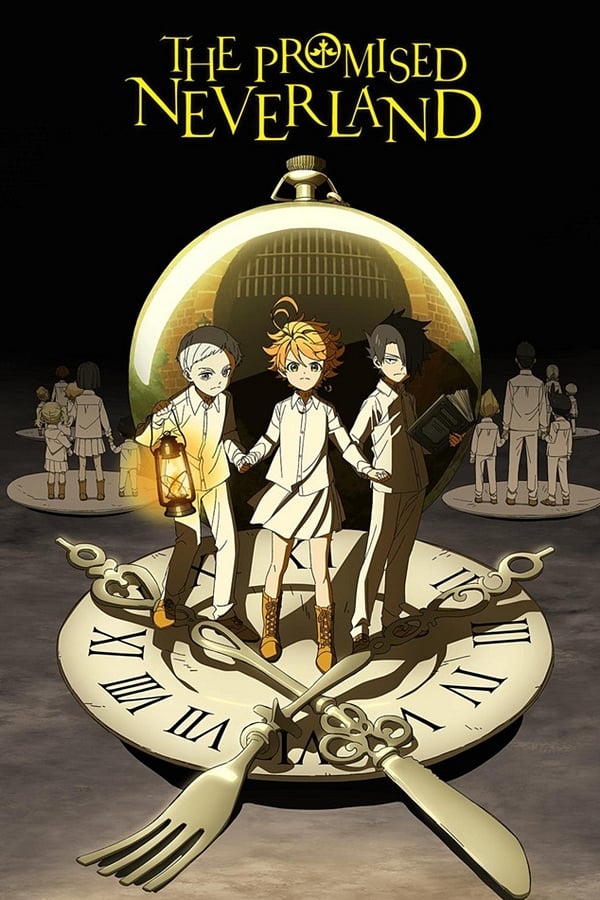
The first season centers around a carefully planned escape, filled with strategic maneuvering, hidden actions, and a tense game of cat and mouse. However, the second season streamlines the story, leaving out significant plotlines from the original material. It jumps quickly between different times and places, giving less focus to important characters and groups, and rushing towards quick conclusions. Instead of a slow, careful fight for survival, the second season features rapid shifts in location and frequent reveals.
‘Tokyo Ghoul √A’ (2015)
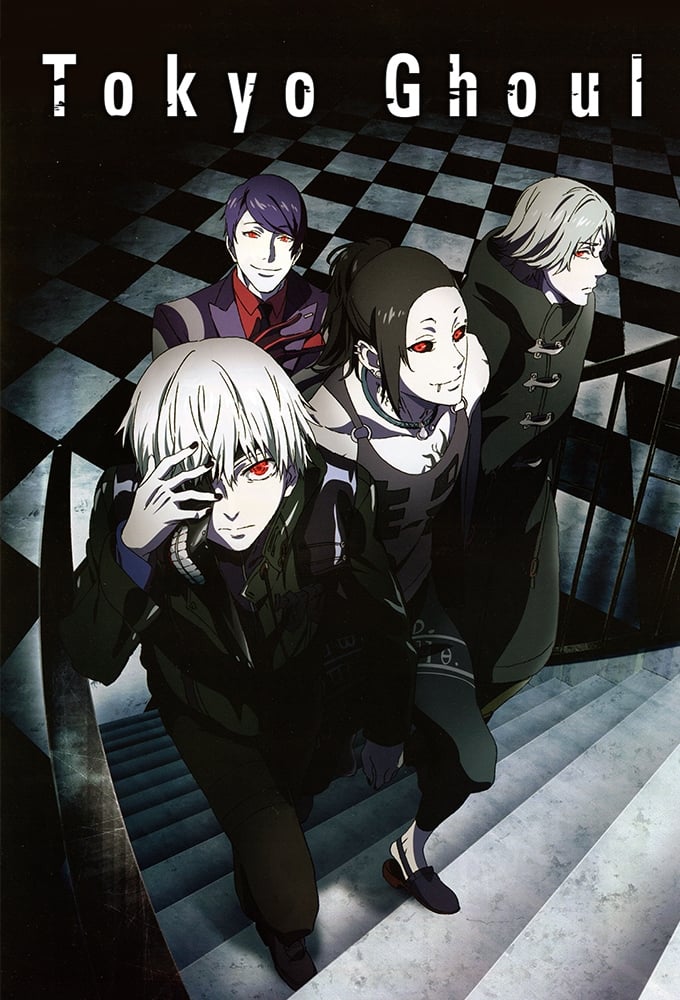
The first season introduced a conflict centered around a character with a double life and the tension between humans and ghouls. This next installment takes a different direction than the original story, changing the character’s decisions and how he interacts with others. As a result, the plot unfolds in new ways, creating different partnerships and clashes. The story shifts its focus from building suspense through character development to showcasing conflicts and resolutions unique to the anime.
‘Fullmetal Alchemist’ (2003–2004)
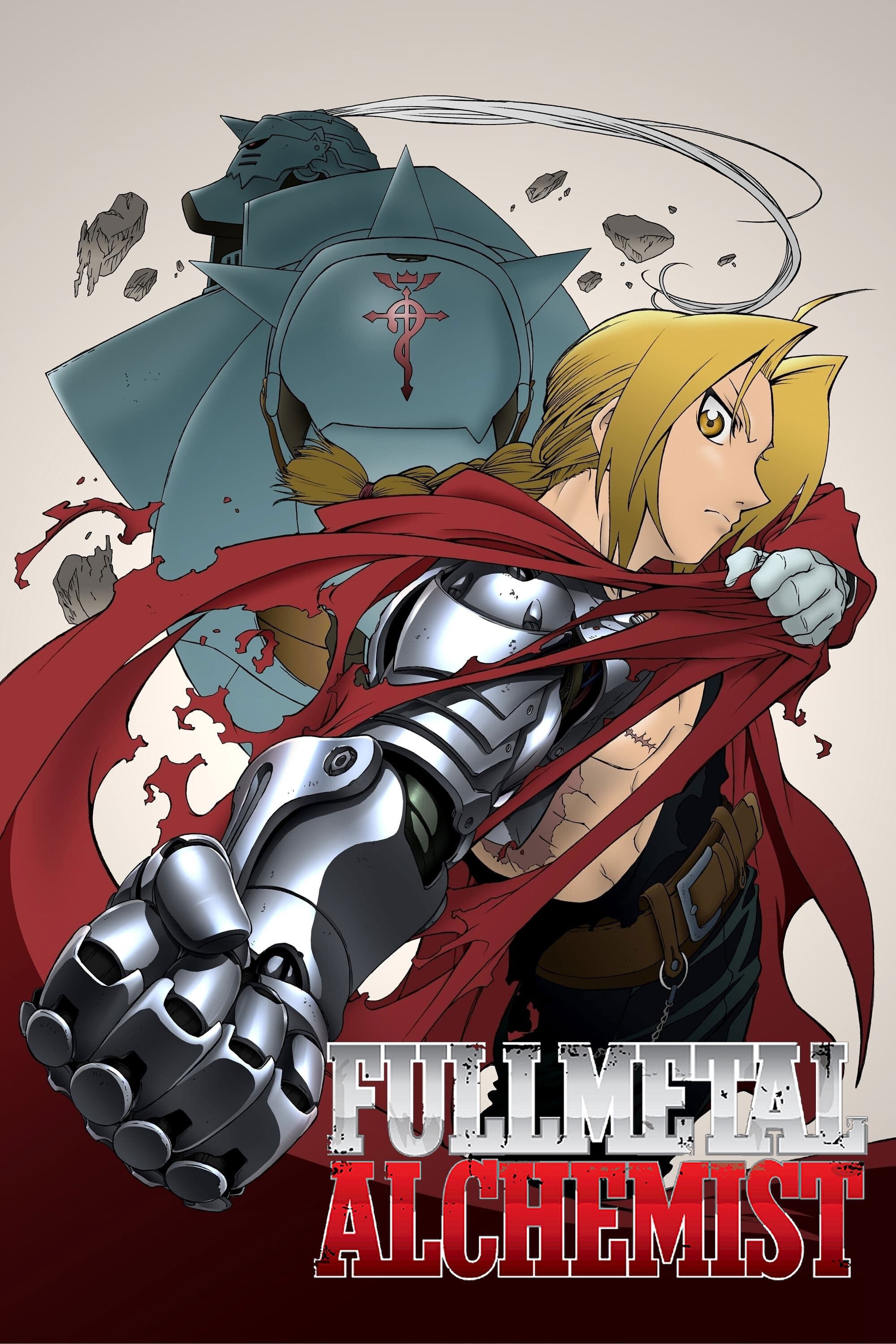
At first, the story follows the Elric brothers as they search for the Philosopher’s Stone and try to understand human transmutation. However, the anime eventually moves away from the original manga, introducing new villains and backstory. The investigation into the secrets of Amestris takes unexpected turns with details shown only in the anime, and the story concludes by resolving plot points created specifically for this version, rather than those from the manga.
‘Soul Eater’ (2008–2009)
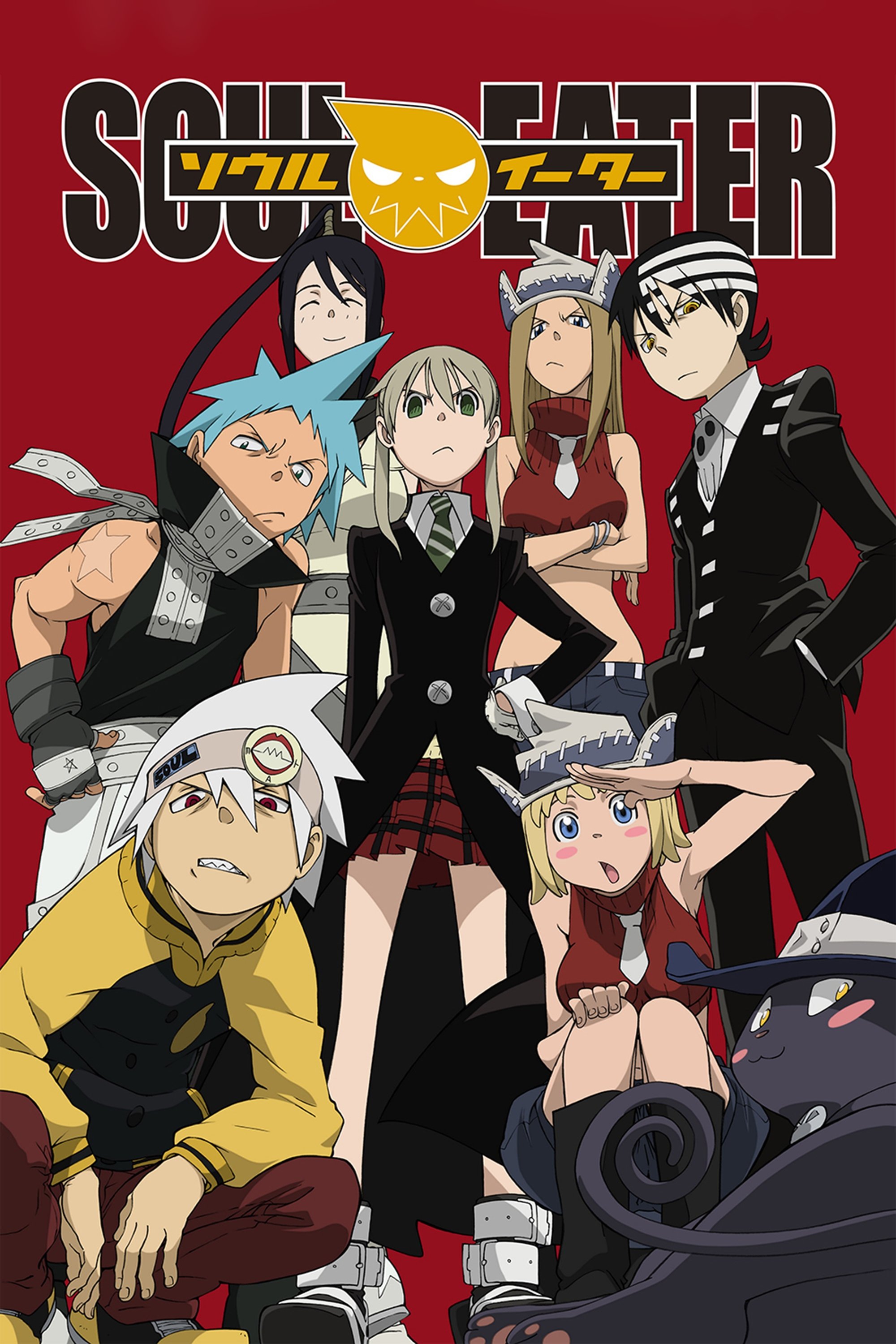
As a fan, I really enjoyed how the series started – it was all about these students gathering souls to build these awesome Death Scythes and take on powerful witches. But things got interesting because the anime eventually went its own way, adding in storylines and an ending that weren’t in the original manga. They really focused on developing the characters and building towards a completely unique finale. Honestly, the later episodes felt like they were setting up conflicts specifically for the anime’s own conclusion, which was a bit of a departure, but still engaging.
‘Guilty Crown’ (2011–2012)
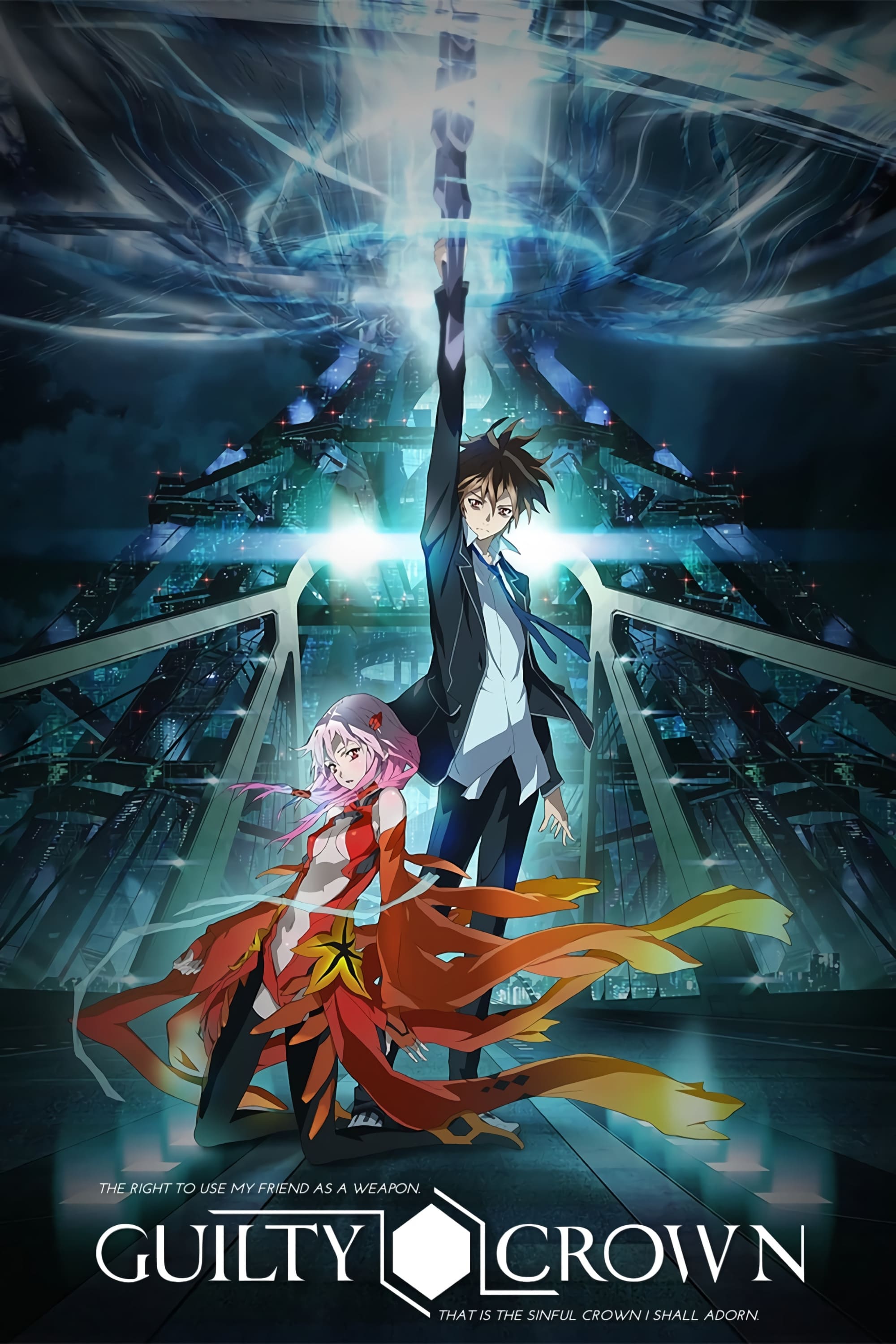
The story begins with a revolt against a powerful, oppressive organization, built around a fascinating magic system. However, halfway through, the focus shifts as leaders fall and internal conflicts erupt, dividing the rebels into warring groups. What started as a fight against an outside enemy now becomes a struggle for power within their own ranks, complicated by city-wide disasters. The early emphasis on secret missions and clever robberies transforms into a chaotic period of quickly changing rulers and large-scale conflicts.
‘Charlotte’ (2015)
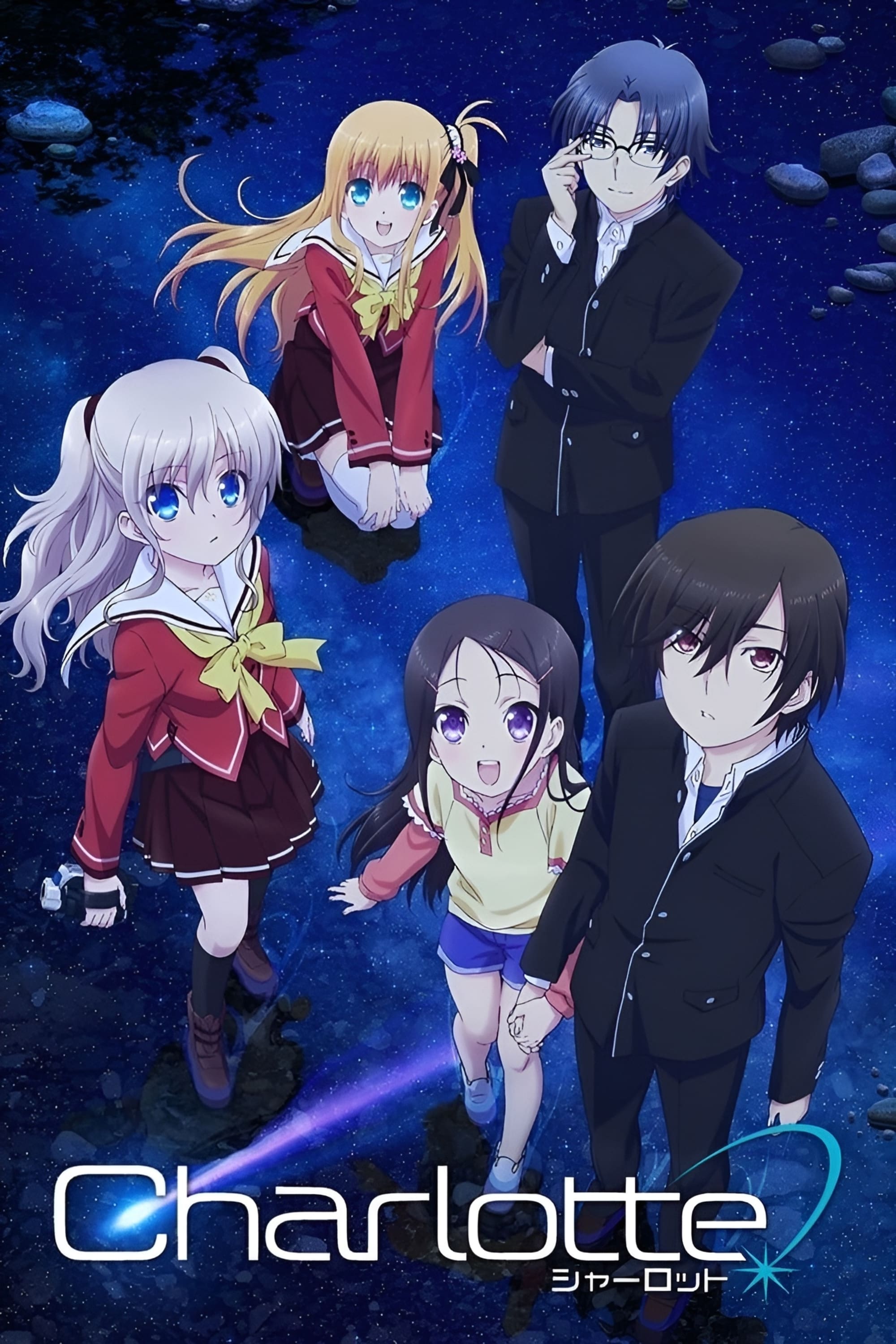
The story begins with a group of teenagers who have unpredictable powers, and a small team dedicated to keeping them safe. As the series progresses, the action grows much larger, expanding to include international travel, time travel, and dangerous missions. What starts as a close-knit group helping individuals evolves into a worldwide effort to prevent a major disaster.
‘Aldnoah.Zero’ (2014–2015)

The story starts as a straightforward war between Earth and Mars, centered on military tactics. But as things develop, politics and power grabs take over, changing the direction of the conflict. Personal connections and fights for leadership become the most important factors, shifting the focus from battles on the ground to schemes and unexpected twists within the power structures.
‘Kabaneri of the Iron Fortress’ (2016)
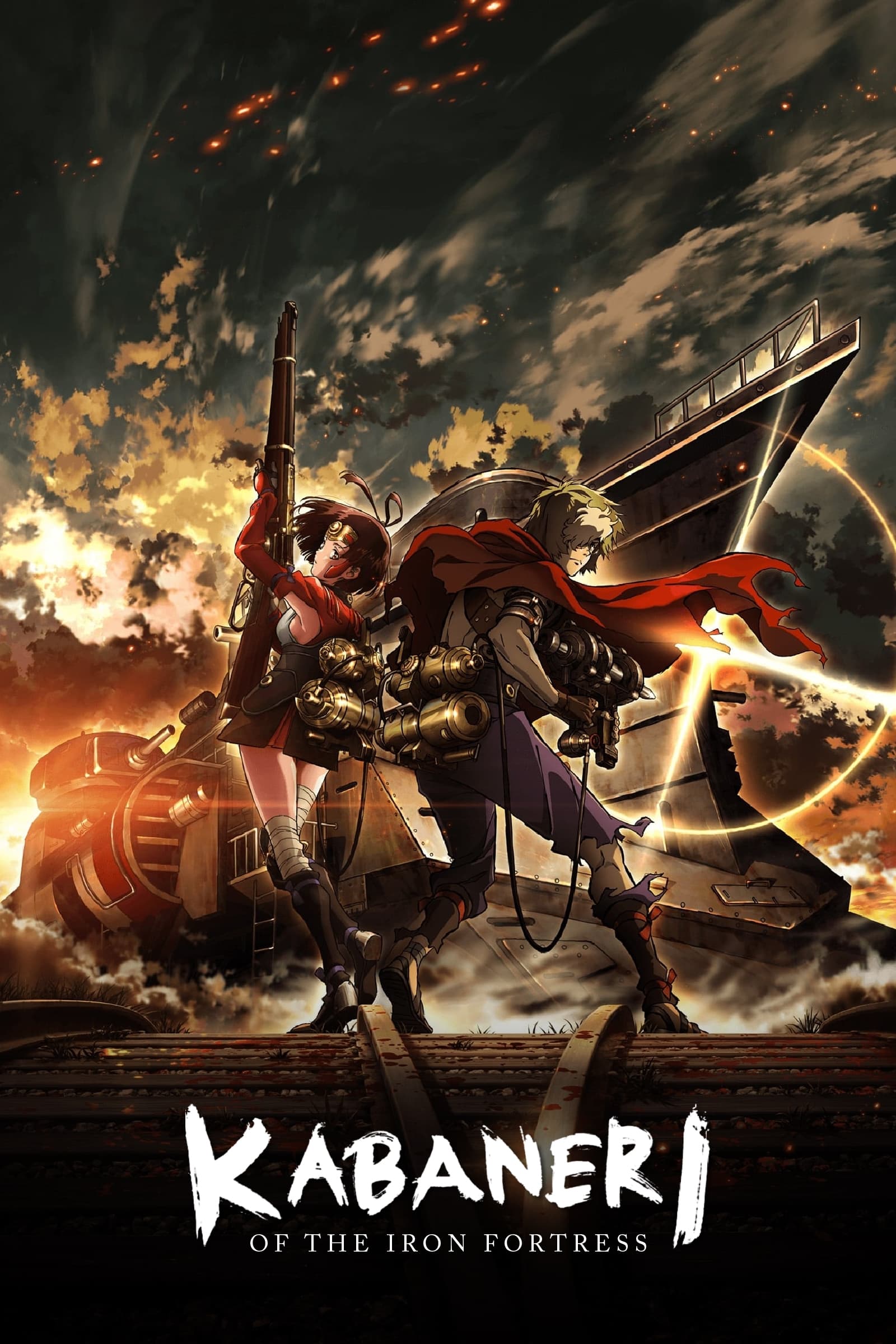
The show begins with characters struggling to survive on armored trains, using their engineering skills to fight off infected creatures. Later, the story shifts as a new human villain emerges, turning the conflict into a power struggle between different groups. Much of the series then focuses on the conflicts, battles, and political maneuvering between these rival factions, moving away from the initial focus on simply surviving the infected.
‘Erased’ (2016)
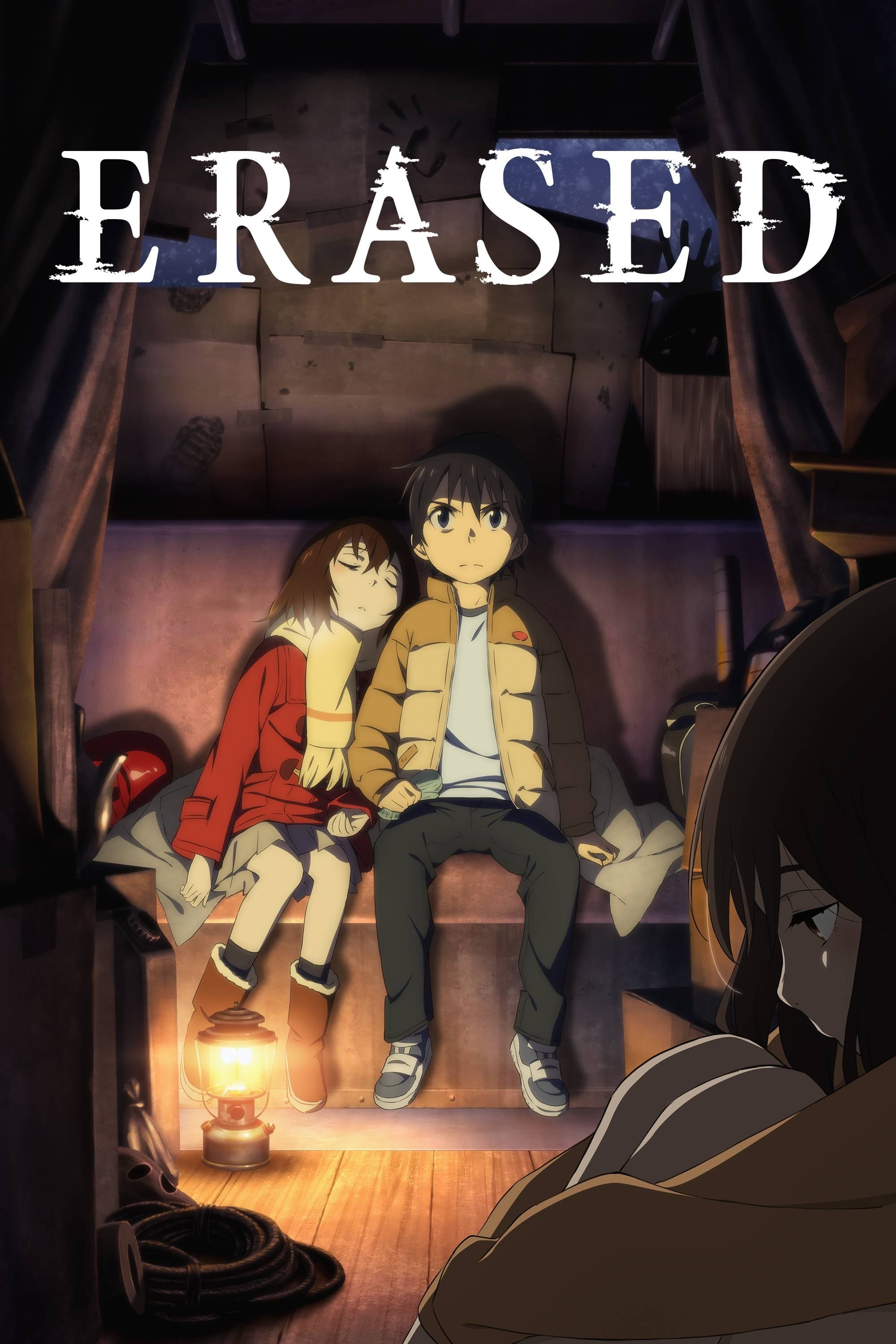
The show starts with a mystery involving time travel, focused on stopping children from being kidnapped. As the series goes on, investigations become faster-paced and the focus shifts to present-day conflicts. Instead of relying on a wide network of community helpers to solve crimes, the show moves toward more direct confrontations between the main characters and the criminals. The detailed police work takes a backseat as the story prioritizes quickly resolving each case.
‘The Melancholy of Haruhi Suzumiya’ (2006–2009)

The show initially drew viewers with its focus on a club investigating strange, unexplained events. However, midway through the second season, the story got stuck in a repetitive cycle, replaying a summer storyline in almost identical episodes. This went on for several weeks, pausing the main mysteries and slowing down character development. The central puzzle was put on hold while this repeating format took over.
‘Inuyasha’ (2000–2004)

The central storyline revolves around collecting jewel pieces and facing familiar enemies. However, much of the series is filled with separate side stories and self-contained episodes focused on individual villages. Major battles are broken up by smaller, weekly monster encounters. While the search for the jewel pieces continues, the series often prioritizes episodes that develop the characters themselves.
‘Fairy Tail’ (2009–2019)

The story starts with quests from the guild and focuses on a handful of main villains. Later on, it branches out with longer tournament storylines, trips to different worlds, and less important side plots. We see a lot of episodes exploring conflicts between different guilds and fun festival events. While the initial focus was on finding treasure and battling dangerous dark guilds, the story also includes celebratory moments and team-ups with characters from other series.
‘Boruto: Naruto Next Generations’ (2017–2023)

The show starts with slice-of-life stories about school and everyday events in the village. As it progresses, it introduces original missions and smaller mysteries. Bigger, more important storylines with powerful villains appear throughout, but aren’t constant. The main story moves forward in stages, with lighter, more personal stories happening in between.
‘The God of High School’ (2020)
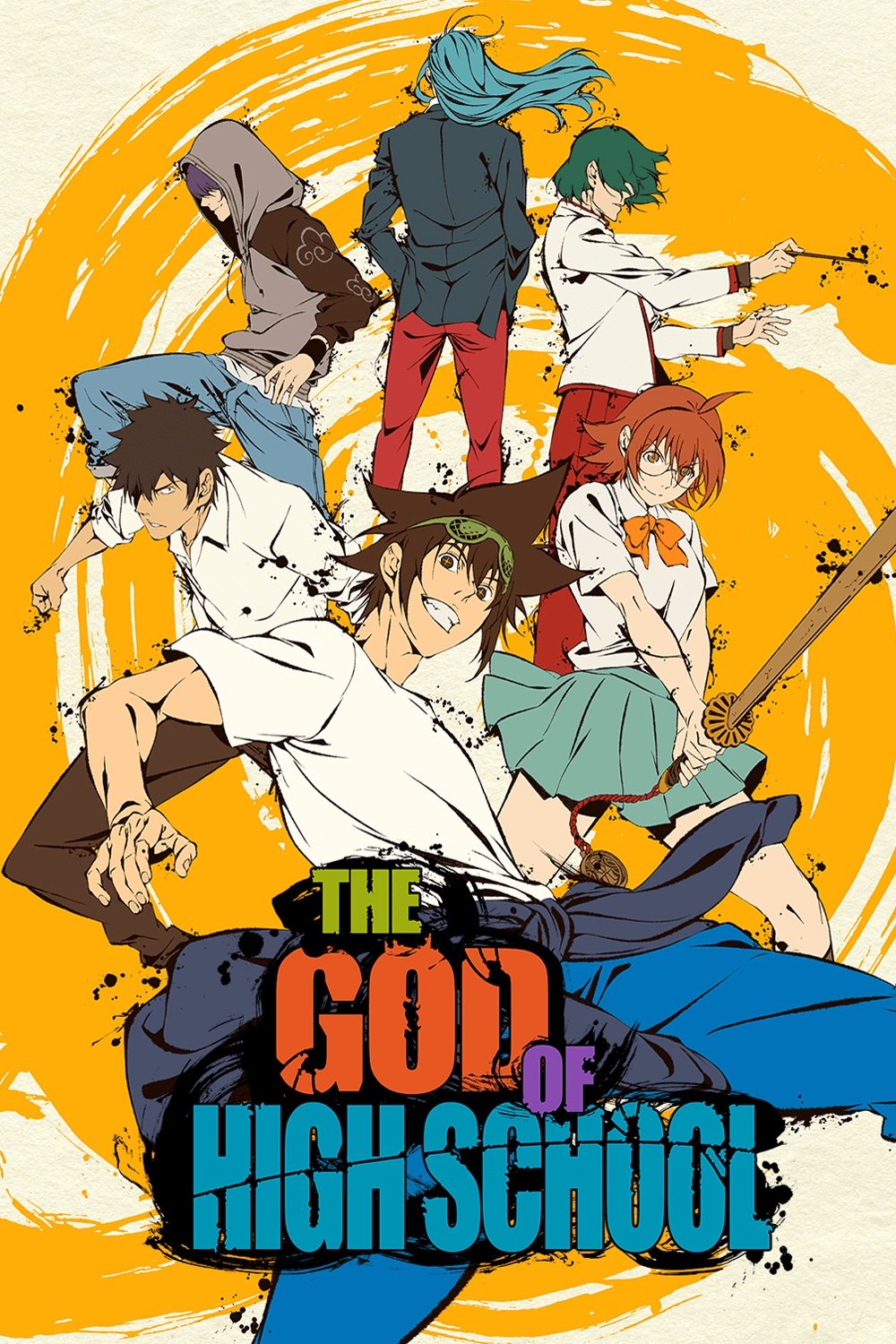
The story begins with a traditional martial arts tournament, where fighters advance through a clear bracket system. However, things quickly shift to a battle involving supernatural abilities and hidden groups. The tournament format is soon abandoned as the story focuses on powerful, mythical forces and conflicts that threaten the world. Character development is rushed as the plot escalates into a much larger, more widespread war.
‘Psycho-Pass 2’ (2014)
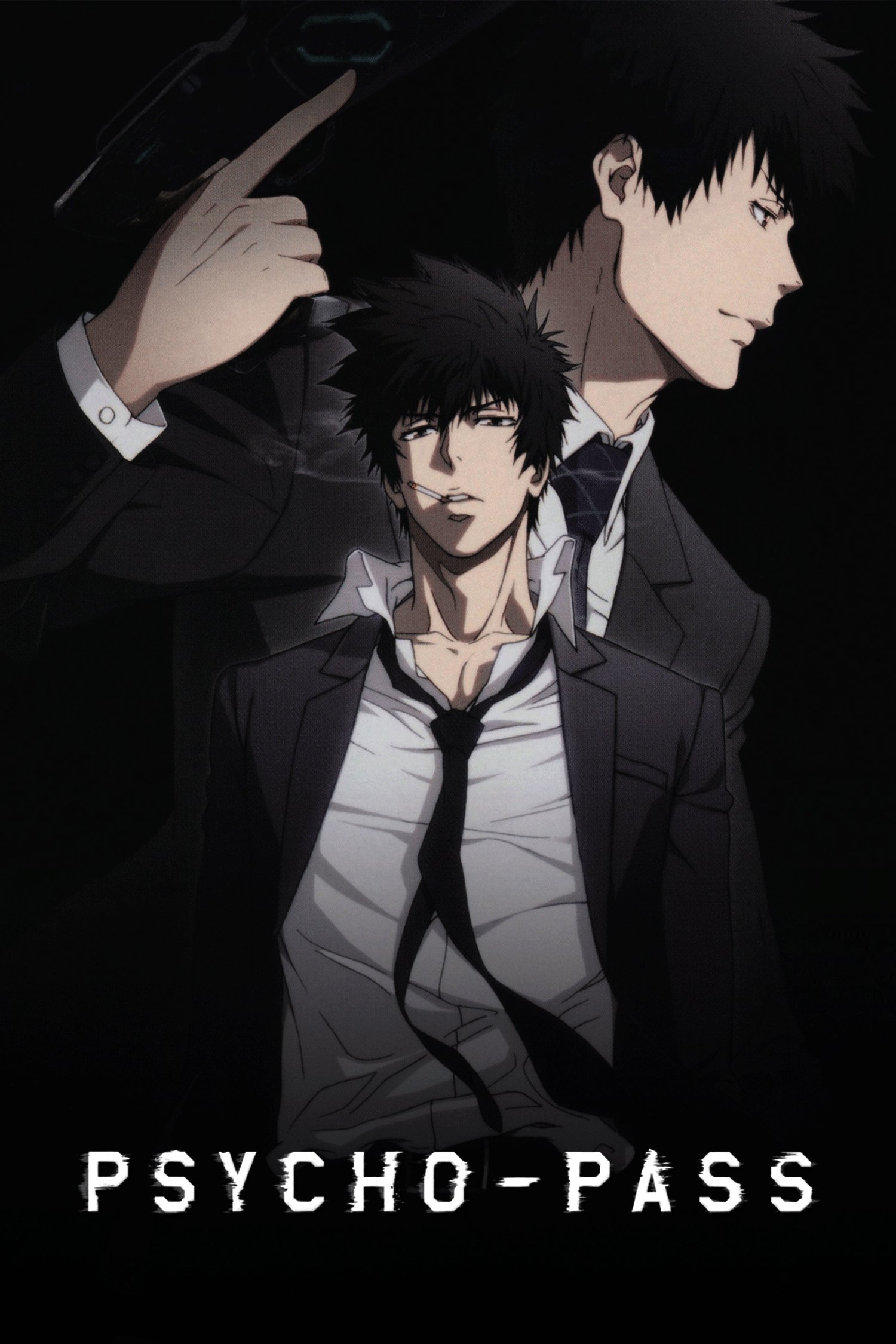
The first season of the show centers around investigations into a widespread surveillance network. The second season introduces a new villain and depicts increasingly chaotic public disturbances. Instead of traditional detective work, the focus shifts to understanding how events are deliberately designed to disrupt society. The show now spends more time depicting large-scale city crises than carefully examining the underlying systems at play.
‘Yu-Gi-Oh! Duel Monsters’ (2000–2004)

The show starts by balancing school life, fun games, and relationship issues. But as the story goes on, it mainly focuses on formal card battles and tournament storylines. The range of different things happening in each episode decreases, as the rules and strategy of the card duels take over. What begins as a wider story eventually becomes a competition-focused series with ongoing tournament brackets.
Share your own examples and where you felt the pivot most clearly in the comments!
Read More
- Fed’s Rate Stasis and Crypto’s Unseen Dance
- Blake Lively-Justin Baldoni’s Deposition Postponed to THIS Date Amid Ongoing Legal Battle, Here’s Why
- Dogecoin’s Decline and the Fed’s Shadow
- Ridley Scott Reveals He Turned Down $20 Million to Direct TERMINATOR 3
- Baby Steps tips you need to know
- Global-e Online: A Portfolio Manager’s Take on Tariffs and Triumphs
- The VIX Drop: A Contrarian’s Guide to Market Myths
- Top 10 Coolest Things About Indiana Jones
- Northside Capital’s Great EOG Fire Sale: $6.1M Goes Poof!
- A Most Advantageous ETF Alliance: A Prospect for 2026
2025-11-19 20:17